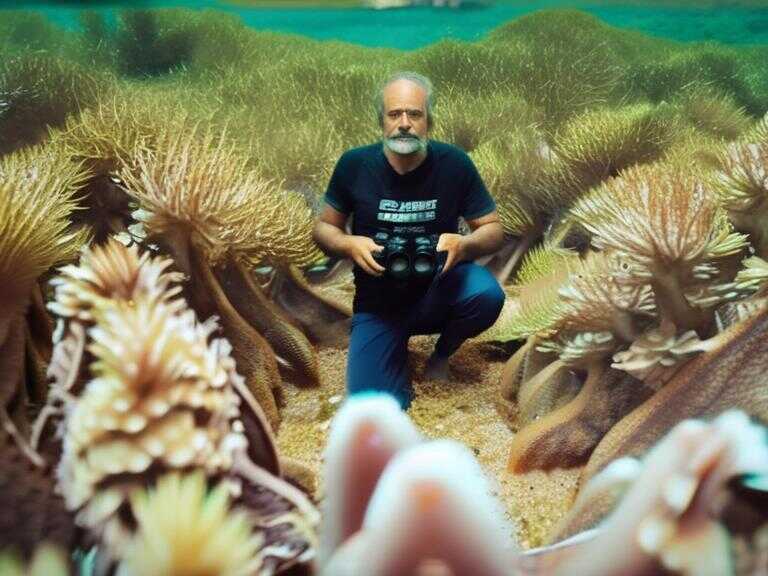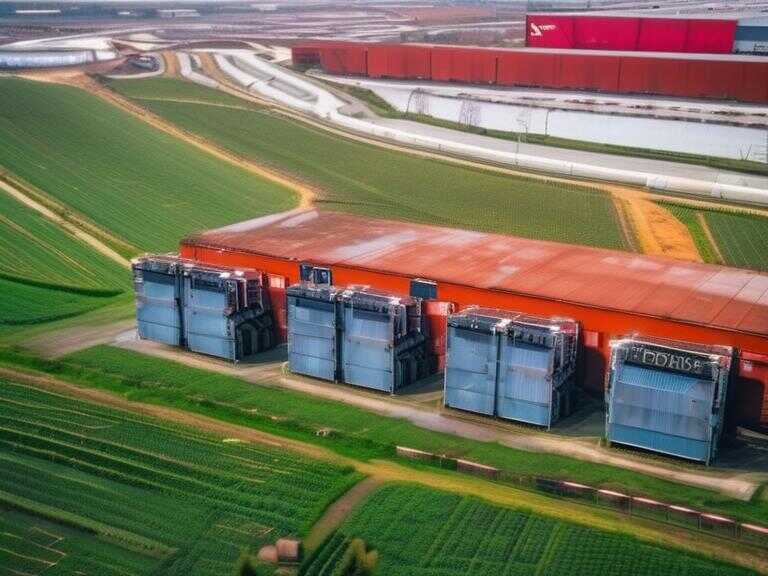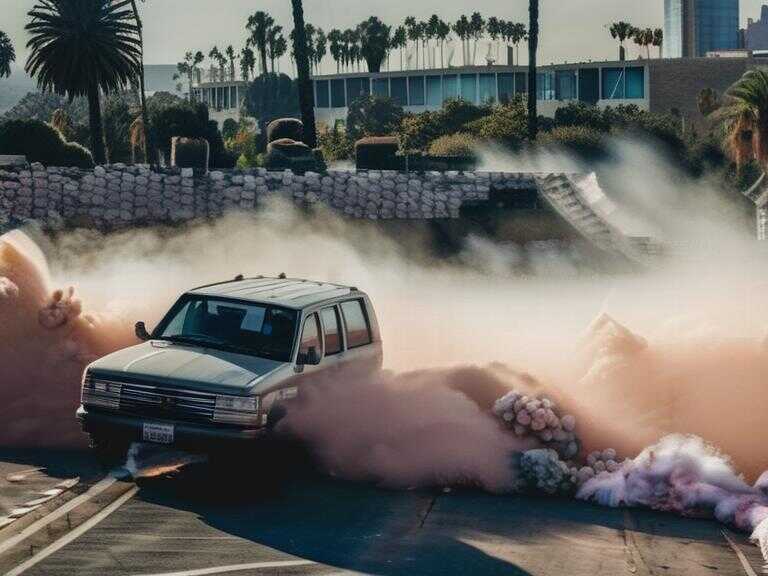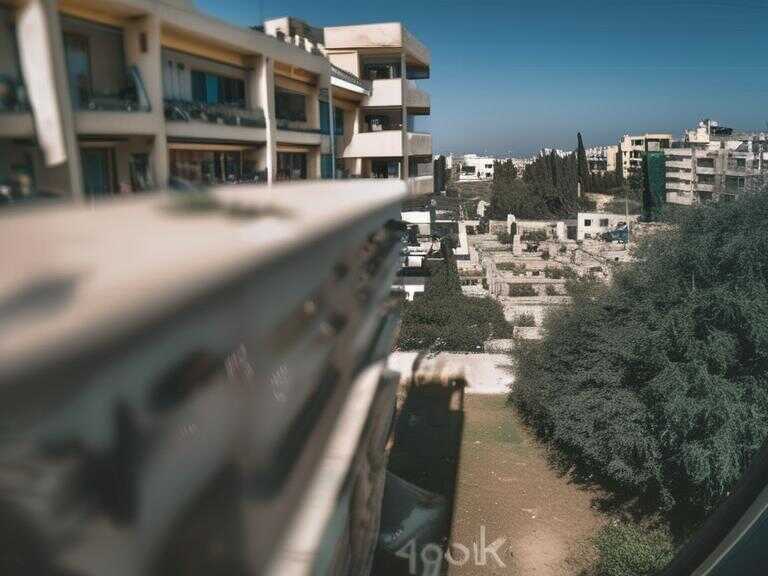
Boeing's Starliner Capsule Return to Earth on Hold Indefinitely Pending Thruster Tests
Boeing's Starliner capsule return to Earth is delayed for thruster tests and helium leak analysis, crew is safe in space.
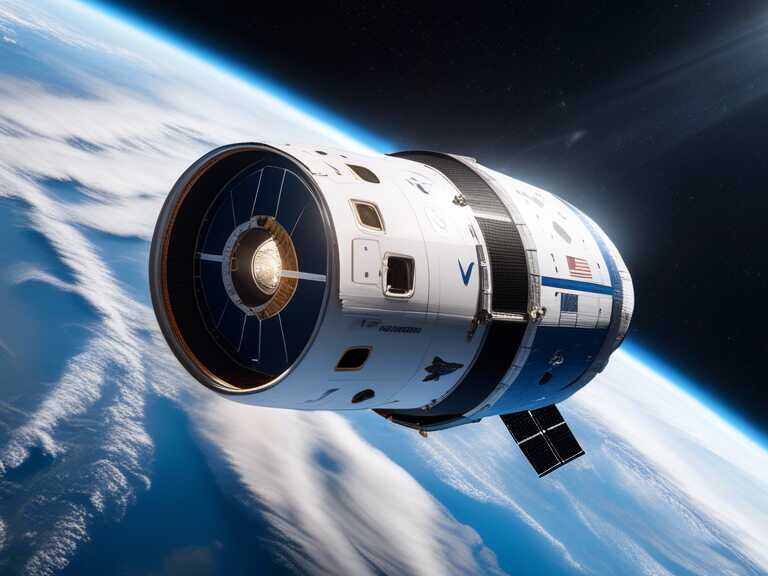
In an unexpected turn of events, the return to Earth of Boeing's Starliner capsule has been put on indefinite hold due to new thruster tests and helium leaks. These issues arose during the ship's rendezvous with the International Space Station, as announced by NASA on Friday. This delay has led to speculation about the safety and status of the astronauts on board.
Steve Stich, NASA's Commercial Crew Program manager, stressed that a targeted landing date cannot be determined until the testing is completed. The completion of the fault tree analysis and an agency-level review are also crucial before setting a specific date for the return to Earth.
The Starliner's Service Module Dilemma
One of the main challenges NASA and Boeing face is the fact that the service module, housing critical systems such as the helium lines and thrusters, is discarded before re-entry and burns up in the atmosphere. This presents a significant obstacle as engineers will not have the opportunity to examine the hardware after re-entry, emphasizing the importance of collecting as much data as possible before the astronauts head home.
Astronauts' Safety and Status
Amidst the extended stay at the space station, concerns over the well-being of the astronauts have been raised. However, both Mark Nappi, Boeing's Starliner program manager, and Steve Stich have emphasized that the astronauts, Barry "Butch" Wilmore and Sunita Williams, are not stranded in space.
It is essential to make it clear that the crew is not in any danger, and there is no increased risk associated with their return to Earth. While the delay may have raised questions about the astronauts' status, it is crucial to note that they are safe aboard the space station and the spacecraft is in good working condition.
Technical Challenges and Tests
The technical challenges encountered during the rendezvous with the space station include helium leaks and the unexpected behavior of the aft-facing thrusters. To address these issues, a detailed inspection and testing of a new thruster, identical to the ones aboard the Starliner, will be conducted at a government facility in New Mexico.
The ground tests are expected to provide valuable insights into the causes of the thruster anomalies and the potential impact of higher-than-normal temperatures and rapid firings on the spacecraft's orientation with respect to the sun.
Emergency Preparedness
While the delay in the return of the Starliner has led to concerns, recent events involving a defunct Russian satellite and the resulting debris have highlighted the readiness of the astronauts aboard the International Space Station to respond to emergencies. The crew's ability to "shelter in place" and the approval for the Starliner to serve as a lifeboat in case of an emergency further underscore the safety measures in place.
Share news







